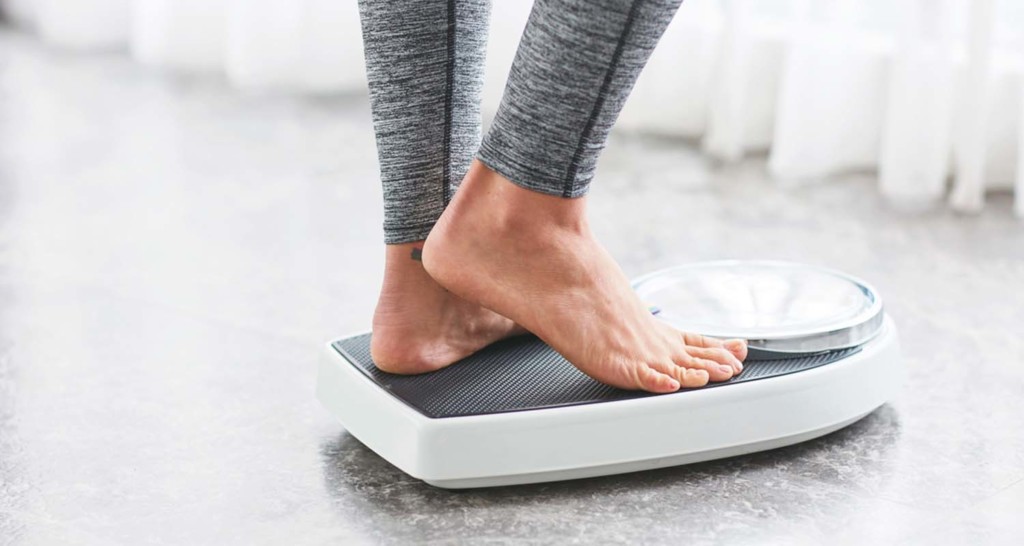[tldr]
- Do you track your performance in life? If not, it’s time to start. Collecting data helps you fine-tune your lifestyle to fit your unique biology.
- DNA testing is one of the best ways to collect data on yourself. Your genes affect your metabolism, muscle growth, supplement needs, caffeine sensitivity, and more.
- It’s worth your time to get a DNA test. Read on for a full breakdown of why (and a DNA test discount for Bulletproof readers).
[/tldr]
Do you track your performance in life?
If not, it’s time to start. Data is essential to biohacking; tracking what you do helps you see what’s working for you and what isn’t. From there you can fine-tune your lifestyle to fit your unique biology (by the way, there are a lot of cool biohacking tools that you can use to track your performance with almost no effort. Check out “Law 29: Track It to Hack It” in my newest book “Game Changers” to learn how).
Collecting data on yourself is one of the best ways to improve your life. The differences it makes aren’t trivial, either. In a recent Bulletproof Radio podcast episode [iTunes], Olympic sprinter Andrew Steele talked about how a DNA test was the difference between him not making the Olympics and winning a medal.
“There’s this ACTN3 gene,” Steele explained. “99% of sprinters have the C version of the ACTN3 gene…I didn’t have it.”
In other words, Steele was a sprinter without the sprinter gene. His muscle fibers didn’t respond to the training that works for every other Olympic sprinter — when he trained like them, his progress stalled, and he was too slow to qualify for the olympics. He didn’t figure out what was up until he took a DNA test and saw how unusual his muscles were.
That DNA test made a big difference: In 2008, after four years on a training regimen that matched his unusual genetics, Steele earned an Olympic medal. He now works at DNAFit, a DNA testing company that helps you find the perfect diet and exercise routines for your unique genetics (Bulletproof readers can get a discounted DNAFit test here).
A single DNA test can give you deep insight into your body’s natural strengths and weaknesses, and help you personalize your lifestyle so you see results faster than you thought possible. Here are a few of the ways you can use a DNA test to upgrade your life.
Related: The Best At-Home DNA Tests to Try Now
Boost your workout and fitness results
What’s your muscle type, power or endurance? Not sure? Knowing your genetics gives you a big advantage in the gym. You have two main types of muscle:
- Fast-twitch muscles contract quickly and intensely, giving you explosive power that’s good for weightlifting or sprinting.
- Slow- twitch muscles contract more gradually, but they also last a lot longer, making them good for endurance exercise like long-distance running.
Everyone has a different ratio of fast-twitch and slow-twitch muscles. If you’re 90% fast-twitch, you’ll benefit more from brief, intense training like heavy lifting. If you’re 90% slow-twitch, you’ll see better results from steady cardio. If you’re a mix, you’ll want to mix up your training to capitalize on both types of muscle.
Your ratio of fast-twitch and slow-twitch muscles depends largely on the ACTN3 gene — the variation you have influences how you respond to different workouts.[ref url=”https://www.ncbi.nlm.nih.gov/pmc/articles/PMC1180686/”] Testing your ACTN3 gene shows you what workouts will give you the fastest results in the gym.
Tailor your diet for a leaner body (and feel better too)
The angiotensin-converting enzyme (ACE) gene plays a major role in how well you tolerate carbs. If you have a certain ACE gene variation, for example, you’ll struggle to break down and use carbohydrates, and eating a lot of them will make you put on weight and increase your risk of diabetes.[ref url=”https://www.ncbi.nlm.nih.gov/pmc/articles/PMC2745746/”]
Testing your ACE gene will help you figure out if you have high-, moderate-, or low-carb tolerance. If you change your diet to match your genes, you’ll stay leaner and feel better.
Cut out foods that sap energy and cause low-grade inflammation
Your genes also influence whether or not you’re lactose intolerant. If you get violently ill after eating dairy, you probably already know that you’re better off without it. But lactose intolerance exists on a spectrum, and eating dairy could be giving you background inflammation that’s sneakily sapping your performance.
Related: Here’s Why You Need to Do an Elimination Diet Pronto
Determine which nutrients your body can’t process
The vitamin D receptor (VDR) gene determines how well your body uses vitamin D. Your vitamin D needs could change by as much as 30%, depending on what VDR variant you have.[ref url=”https://www.ncbi.nlm.nih.gov/pubmed/26011658″] VDR also influences weight gain and metabolism, possibly because if you have low vitamin D sensitivity you don’t get enough for your body to function properly.[ref url=”https://www.ncbi.nlm.nih.gov/pmc/articles/PMC4287888/”]
There’s also the SOD2 gene, which controls antioxidant production inside your mitochondria (the power plants of your cells). Your mitochondria use antioxidants to protect against stress so they can keep cranking out energy. Depending on your SOD2 variation, you may want to take a lot of extra antioxidants daily — or you may make tons of antioxidants naturally, which makes your mitochondria much more resilient.
When it comes to DNA tests, these examples are the tip of the iceberg. Genetics affect everything from sleep quality to testosterone production, and getting your genes tested will help you personalize your lifestyle so you can be a better, faster, stronger human.
To learn more about genetics and performance, check out this Bulletproof Radio podcast episode [iTunes] with the people at DNAFit, or pick up a DNA test with this discount for Bulletproof readers.
Read Next: 5 More Reasons to Get a Home DNA Test (No. 1: Sleep Better)
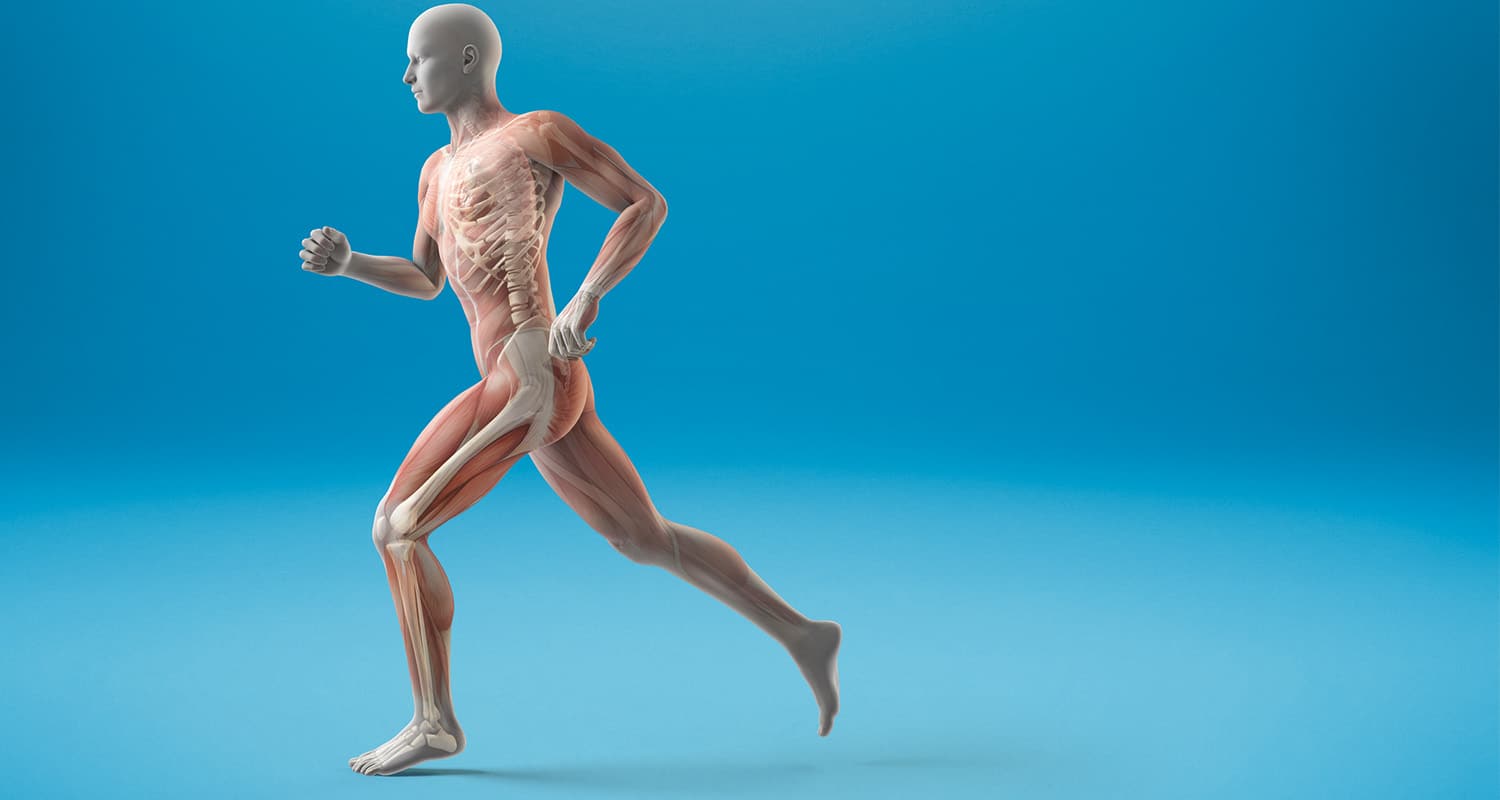
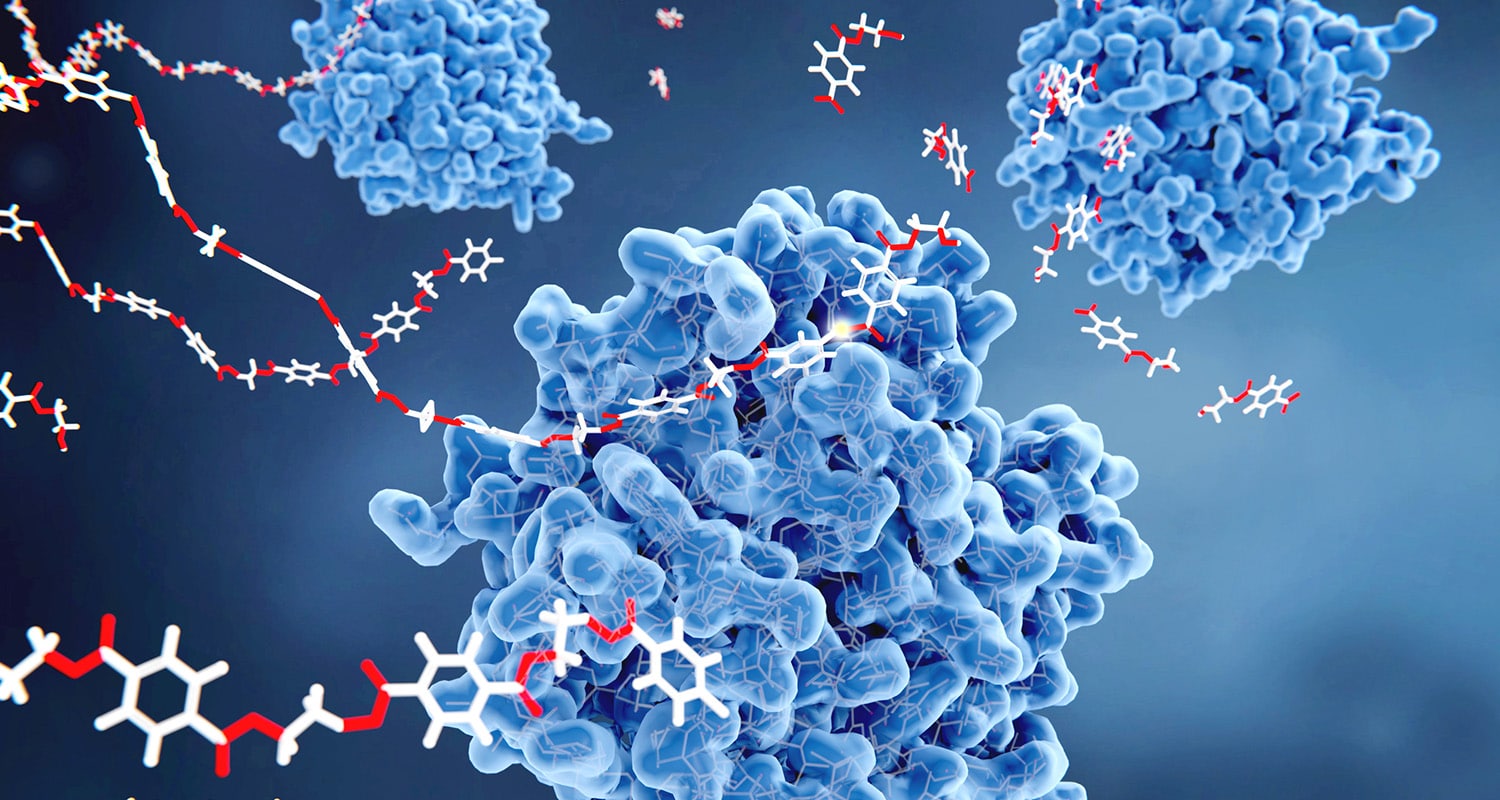




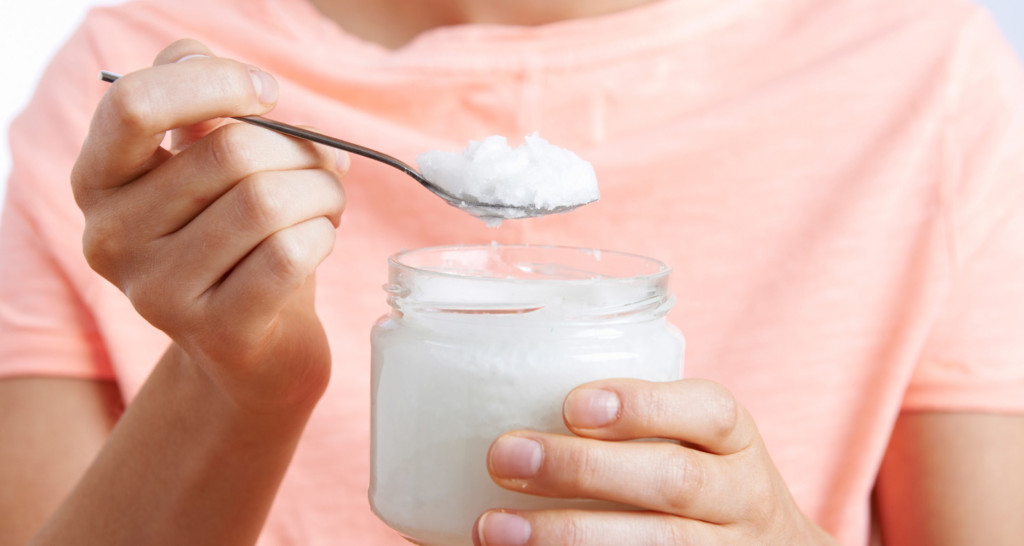
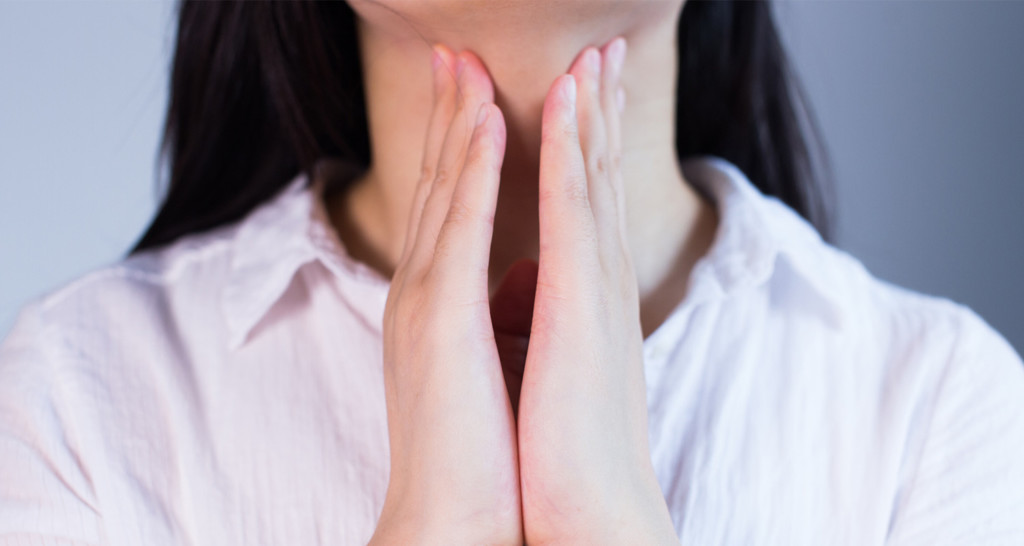


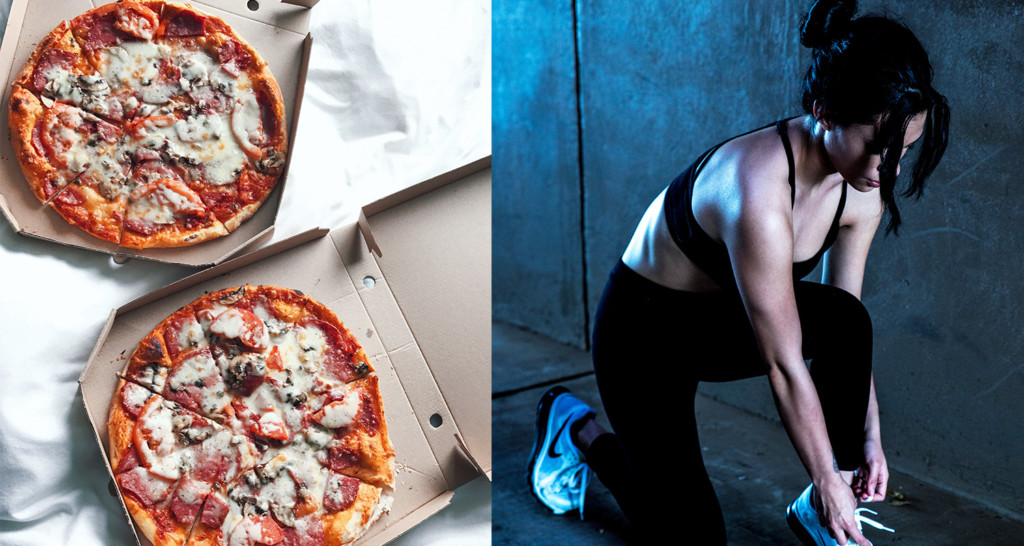

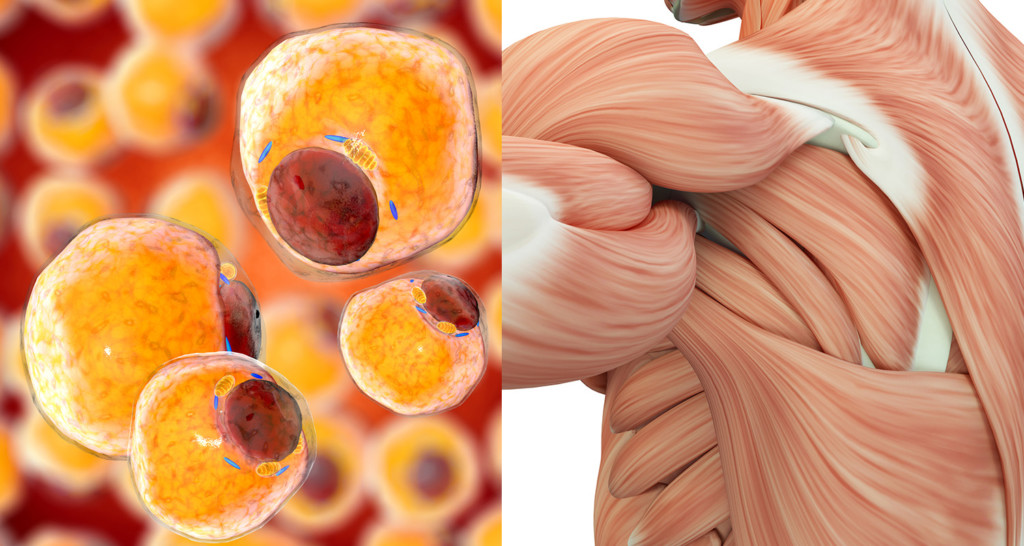

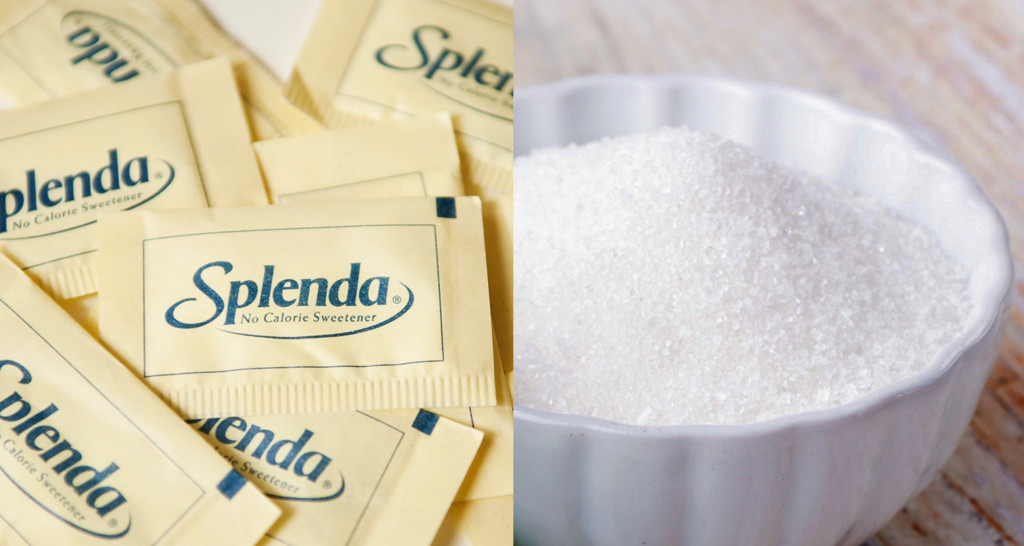
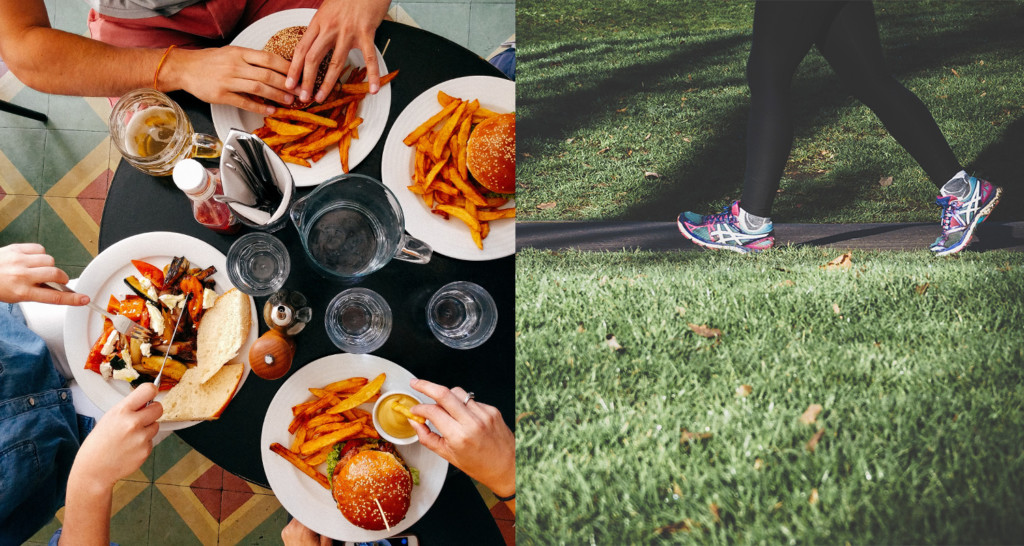
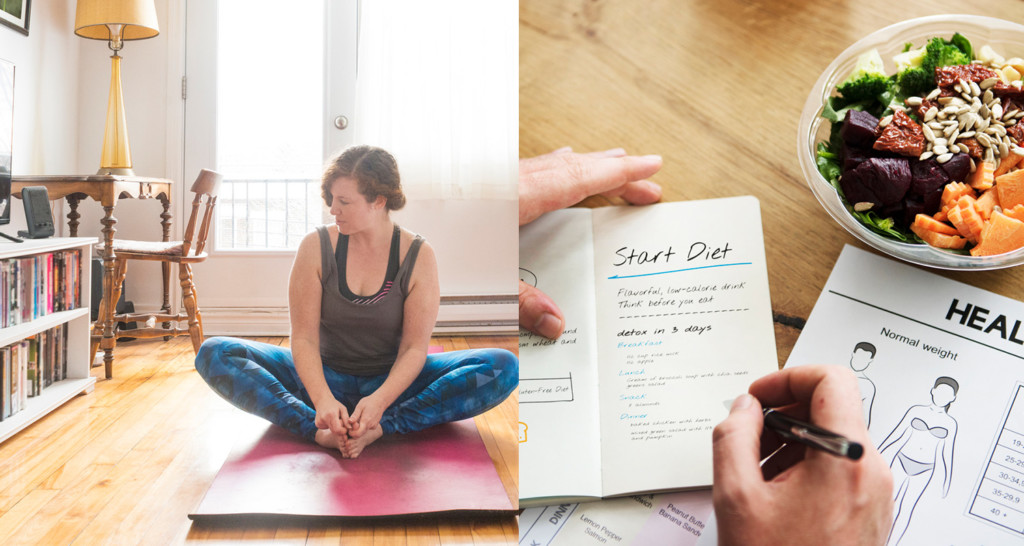
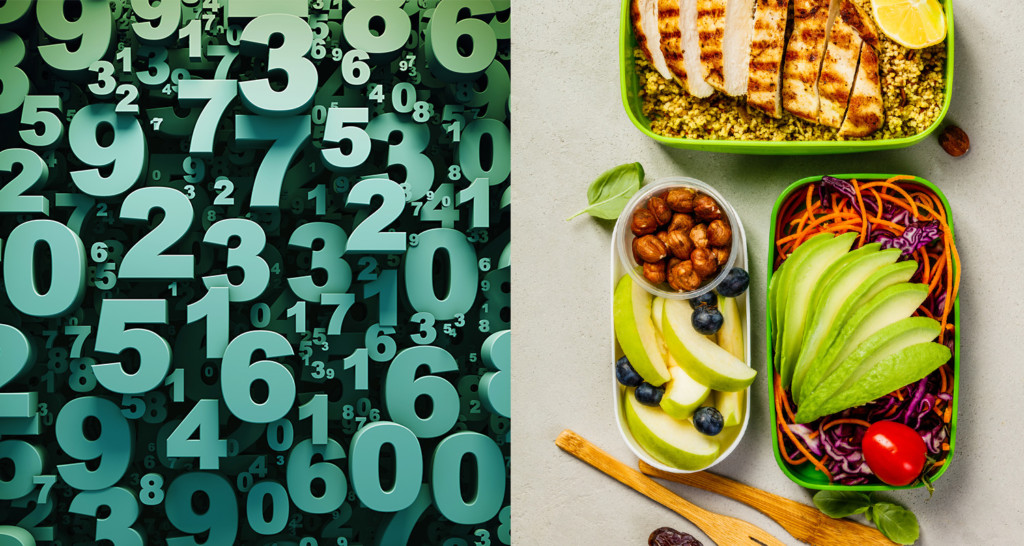
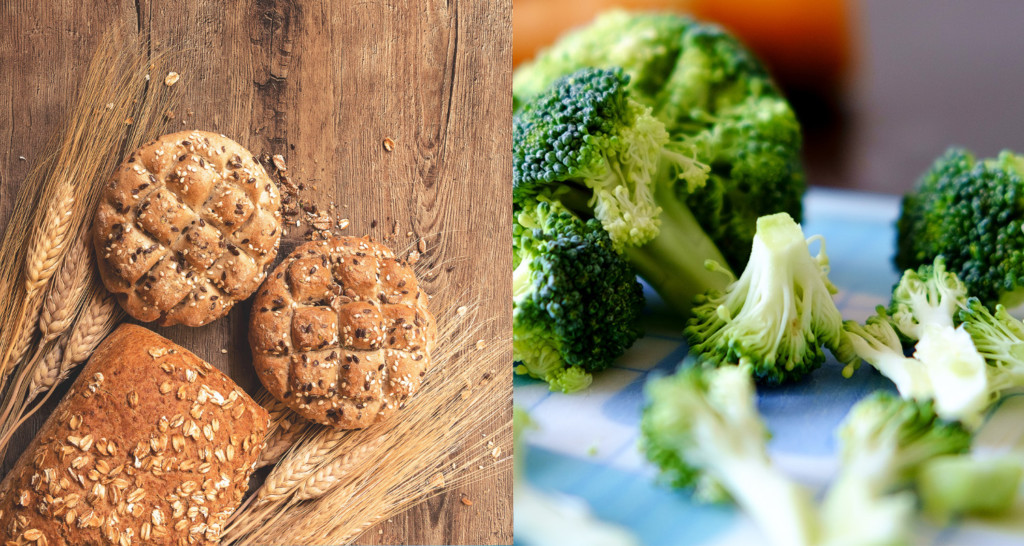
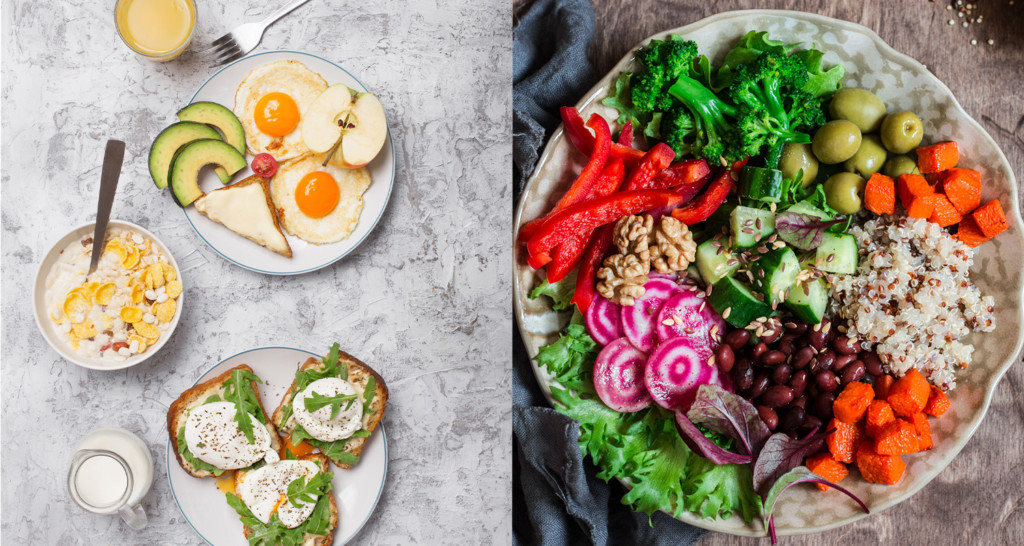
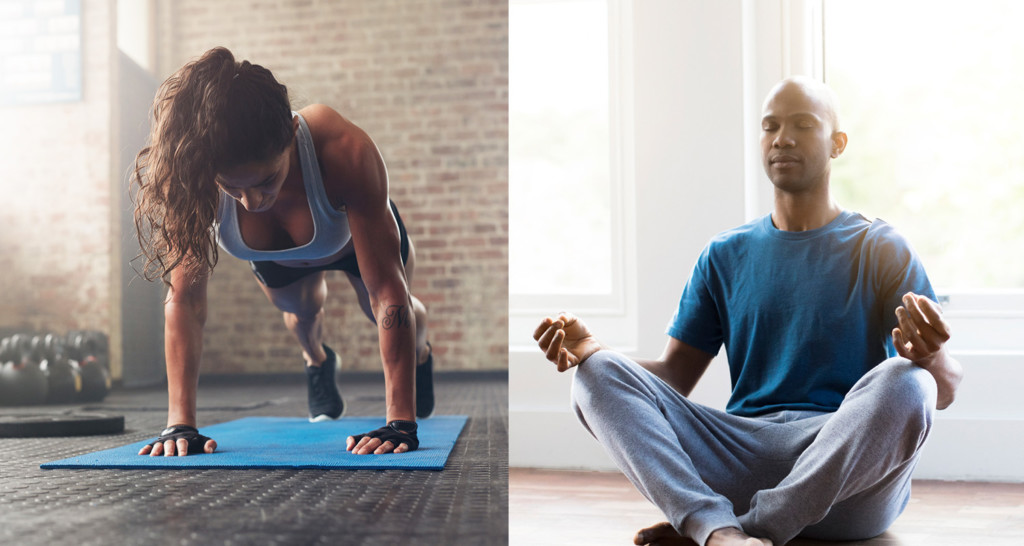
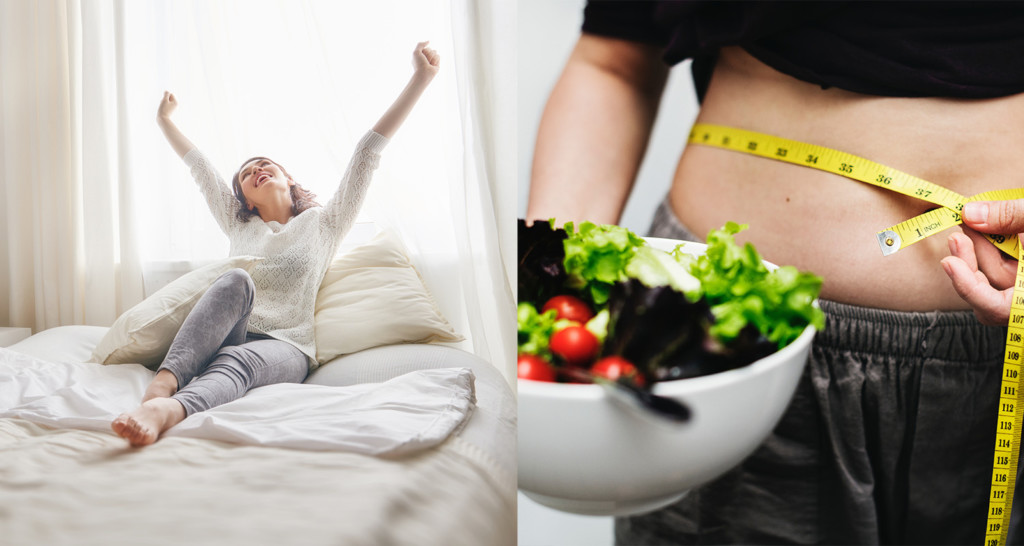

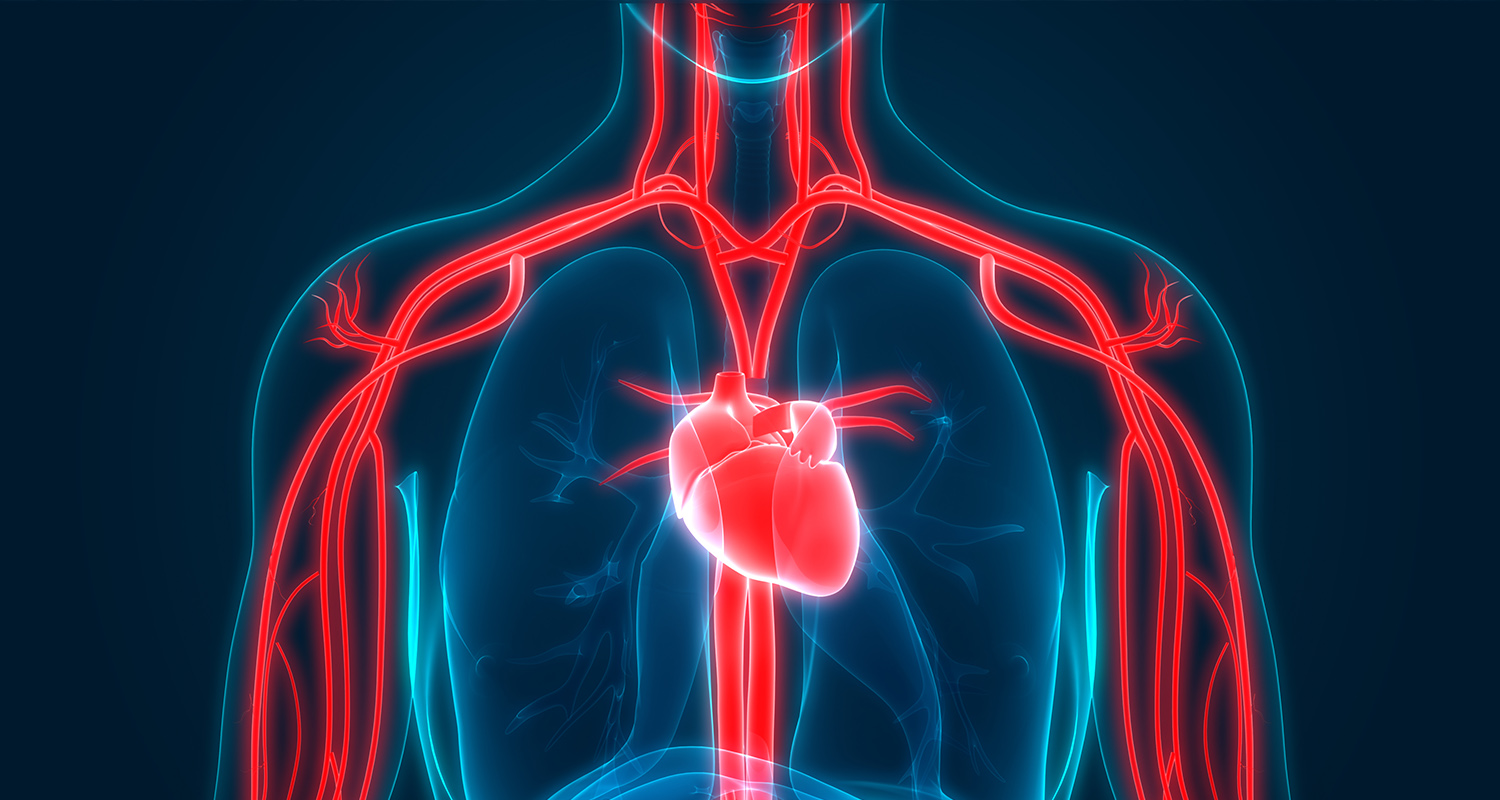 In a recent
In a recent 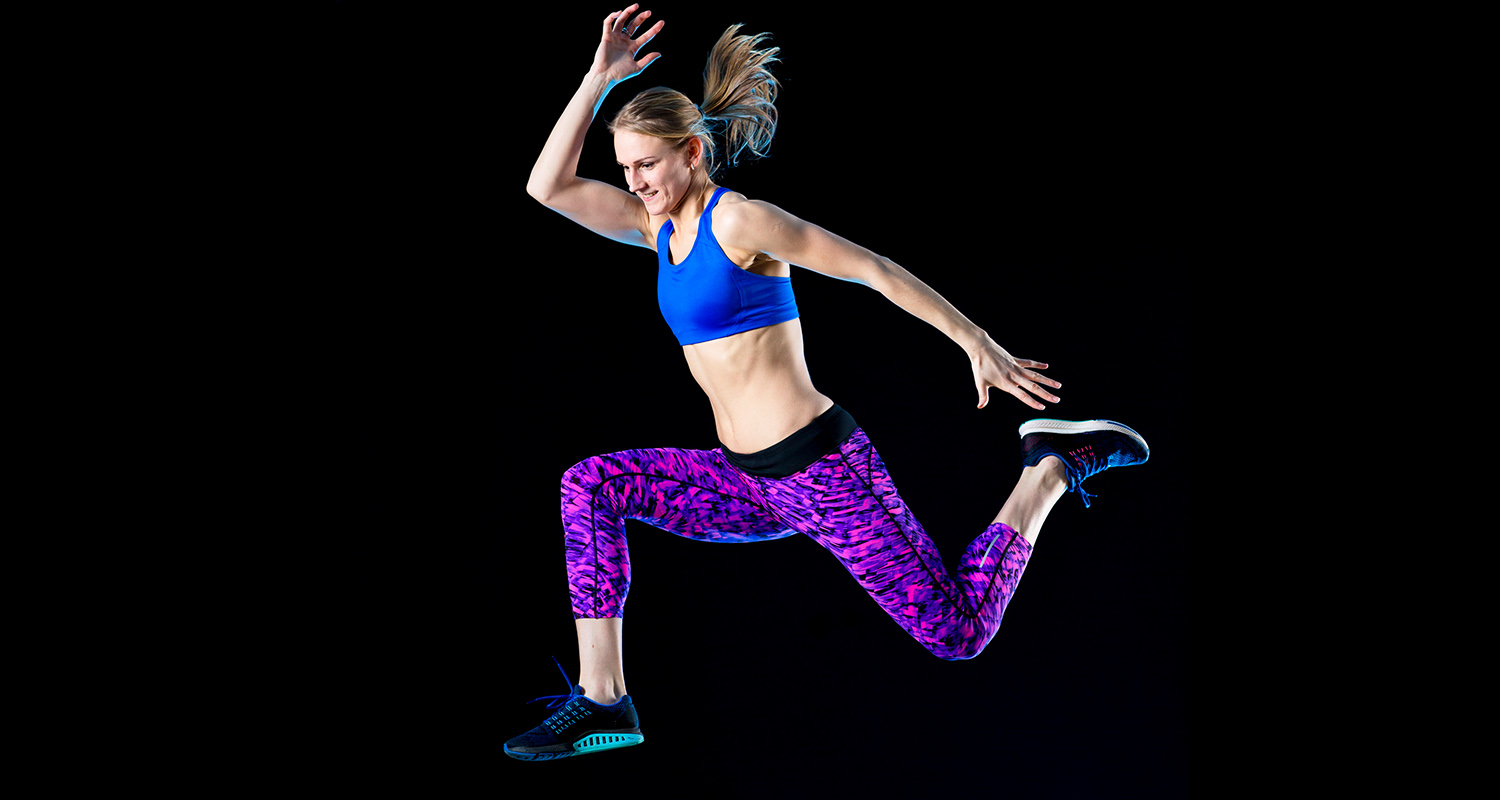 If you have any kind of cardio machine at home or at your gym, it’s easy to add in cold exposure. All you have to do is pick up an
If you have any kind of cardio machine at home or at your gym, it’s easy to add in cold exposure. All you have to do is pick up an 
